Have you ever noticed that 85% of career advice is about job hunting?
Which is weird. Sure, job hunting is an important skill.
But people look for new jobs maybe every two or three years. We go to work every day.
What’s more important than job hunting is figuring out how to score Big Wins — like a promotion, or a $10,000 raise — at the jobs we already have.
So when bestselling author Dorie Clark asked if she could publish a post breaking down how to stand out at work, I jumped at the chance.
![]()
If you aren’t familiar with Dorie, she’s a professor at Duke University’s Fuqua School of Business, and Inc. magazine named her new book, Stand Out, the number one leadership book of 2015.
In the next few minutes she’ll reveal how you can:
- Get recognized as the on-the-spot expert at your company. This is so important. If you want to get the big raise, you need to become the person your boss thinks of first when they need something done.
- Build a virtual army of connected friends ready to help you land the coolest projects at work — stuff you might never have heard of otherwise.
- Create a “power map” that puts you ahead of 95% of your coworkers.
If you’re looking to get a $5,000 raise, or a better job title this year, you don’t want to miss this.
Take it away, Dorie.
* * * * *
There are a lot of people with good ideas, but only a few get recognized as the best. So how did the world’s top thought leaders get where they are today?
What made the difference?
Over the past two years, I’ve interviewed more than 50 top experts in a variety of fields. I’ve talked to everyone from business legends like David Allen and Seth Godin to scientists and urban planners. (And of course Ramit!)
I shared my findings in my new book Stand Out: How to Find Your Breakthrough Idea and Build a Following Around It. But, while on the book tour, I heard one question more than any other: How do I apply this if I’m NOT an entrepreneur?
![]()
Why standing out matters at work
It’s obvious standing out is important for people with their own companies. That’s how you attract potential clients and make money. But does it matter if you’re working for someone else?
Short answer? Yes.
The truth is, far too many employees take a narrow view of their job. They think the hard part is getting hired. Once they’ve conquered that, they assume that as long as they work hard, they’re good to go.
Of course, that couldn’t be further from the truth. We live in a world where wages are stagnant. Businesses are outsourcing everything they can. You need to make it crystal clear as to why your employer needs you on board, instead of the lowest-priced option.
Ramit has helped thousands of people find their Dream Jobs. But if you want to keep that job and grow it into a career you love, it’s essential to stand out and get noticed. Because when that happens, opportunities start to come your way: promotions, raises, and new assignments you may not have even known existed.
Based on my research and teaching for Duke University’s Fuqua School of Business, here are three steps to help you max out your Dream Job potential and ensure your company understands your true worth.
Step One: Big Fish, Small Pond
Standing out doesn’t mean you have to become a world expert in your field. (Josh Kaufman pointed this out in a previous IWT guest post.)
Instead, you can become a “local expert.” That simply means you know more about a subject than others around you, in your company or community. That’s what Michael Leckie did.
Michael is an executive at a major research firm, and he became known inside his company for his expertise in training and development. When he started, his knowledge was minimal. But he immersed himself in learning. He shared what he knew, and began to get recognized for it. “When you start building your brand in a corporation, it’s a confined space,” he told me.
“You don’t need to be the best in the world; you just need to be the best one there. You can be a big fish in a little pond, and if you’re the biggest fish in that environment, you get bigger and can then start to do things outside the organization.”.
Become your company’s “go-to” person on a particular subject. It doesn’t matter if it’s coaching or copywriting or cool spreadsheet hacks. Being the local expert makes you more memorable, and more valuable.
Your boss won’t say, “I need someone to take over this project.” She’ll say, “I need you, because you’re the best.”
Here’s how to get there.
Apprentice yourself. You’ve identified a subject that you’re interested in. But in the early days, you may not know enough to be a true expert, even within the confines of your company. So find someone who is, and learn from them.
Make a list of the people you respect whom you’d like to learn from. This could be virtual (you could read books or take online courses from experts), or in the real world (Michael learned the ropes about coaching from a consultant his company had hired). Most people don’t extend themselves, so if you reach out to a colleague and want to learn — or, even better, offer help — they’ll likely be receptive.
“Joe, I understand you’re teaching a workshop on delegation skills next week,” you could say. “That’s something I’d really like to learn more about. Would it be OK if I sat in? I can get there early to help you set up, too.”
It’s rare that an offer of assistance will be turned down — and it positions you to assist more formally with the next workshop, and maybe even co-lead the next one, as you master the material and win your colleague’s trust.
Be honest about what you don’t know. When most people try to establish themselves as experts, they puff themselves up. They pretend they know more than they do. Don’t do that. It can backfire too easily. Claiming more expertise than you have can permanently damage your credibility.
If you’re willing to say, “I don’t know,” people will trust you more when you do share your advice.
Take Josh Kaufman as an example. In his first book, The Personal MBA, he recounted his effort to “earn” the equivalent of a business degree by reading the classics in business literature. He didn’t position himself as a guru, but as a fellow-learner. He didn’t have to be the world’s expert up front in order for people to trust him and hear what he had to say.
Teach others. No matter how knowledgeable you are, no one will know it — or believe it — if you keep that information to yourself. To develop an expert reputation, you have to be willing to share your ideas publicly.
That’s what Google engineer Chade-Meng Tan did. He started teaching “Search Inside Yourself” mindfulness classes at the Googleplex. Those classes led to a book deal and international recognition. Think about what classes you could teach, or ways you could mentor others around the office in your area of expertise.
Step Two: Become a Connector
Becoming known as an expert inside your company is a good start. But how do you literally make yourself indispensable?
That’s what University of Chicago sociologist Ronald Burt studies. He discovered that the way to become indispensable is to connect groups of people who aren’t talking to each other, but who should be. (Groups like sales and marketing, headquarters and the field office, etc.)
That may sound daunting, but one friend of mine who worked for a large research hospital came up with a way to do it in just one hour a week. Her solution? She’d invite a different person, in a different department, to lunch each week.
Most of us fall into the rut of talking with the same people all the time. Consciously making the effort to break the pattern, and cultivate new connections, can have a dramatic impact on your career. You’ll hear about new ideas. You will get your questions answered faster. Plus, you’ll meet people who can unlock new opportunities.
But how do you begin to make those connections in a way that isn’t weird? (Because it certainly would be if you just started inviting out random people.)
It’s important to start with people you’re already connected to, but want to get to know better. There are probably at least two or three of these folks, and you can shoot them a quick email along the lines of:
“Hey Jenny, I hope you’re well! I really enjoyed working with you on the XYZ project last year and it occurred to me that it’s been awhile since we last connected. Would you like to meet up for lunch one day next week?”
Odds are, she’ll say yes, or at least make a decent counteroffer, like having coffee, instead.
Once you’ve started with your “warm leads,” you can expand outward. After your lunch meeting with Jenny, you can drop her a follow-up note.
“Jenny, it was great to catch up with you. I’ve been thinking I should get to know more people in the accounting department, since it seems like we often end up working on projects together. Besides, I love meeting cool new folks. Do you have any colleagues you think I should get to know? If you have suggestions, maybe you’d be willing to do an e-intro?”
Finally, once Jenny has identified a person or two for you to meet, you can send a message to them.
“Rick, it’s great to meet you. One of my goals this year is to get to know more people throughout the company. When Jenny and I had lunch last week, I asked if she had any cool colleagues she thought I should meet, and you were at the top of the list. Let me know if you might like to grab coffee or lunch sometime in the next week or two.”
This doesn’t always work. Sometimes people are busy. Sometimes they just won’t be interested. That’s fine. As long as you keep your message friendly and don’t push, it’s a nice gesture. The ones who do respond are highly motivated people who know the value of networking.
This process will create a virtual army of ambassadors. Imagine having just another 5 people who know you, understand your expertise, and want to spread the word to others. It’s a Big Win for your career, plus you’ll meet some cool people.
Step Three: Master Your Power Map
You’ve built up an expert reputation and word is starting to spread throughout your company. Now it’s time to take the final step and get noticed by the right people.
That was the challenge Chris faced. As I describe in my first book, Reinventing You, he was a fast-rising executive at a tech company whose career suddenly started to stall. He wasn’t too worried when he got passed over for one promotion. But when a second opportunity came and went, he realized something was very wrong.
When he confronted his boss, he realized the problem. While he’d impressed the people who worked with him, promotions were a group decision made by nearly 20 VPs, and they barely knew Chris existed. He ultimately solved his problem by using a technique called “power mapping.”
I used to work as a presidential campaign spokesperson, and we used power mapping frequently in the world of politics.
You see, there were prominent people we needed to influence — a Governor or an editorial page editor whose endorsement we needed, or a major donor we wanted to recruit. But every other candidate had the same idea. These key people ended up under siege, with dozens of people begging for their help. We had to stand out from the horde somehow.
Power mapping was our edge.
It turns out the same technique can be used in business, as I discussed in this Harvard Business Review article.
Start creating your power map by drawing a chart of the people who matter the most to your career — for instance, your new boss. Next, draw circles emanating out from her. Who influences her? Who does she listen to? Maybe it’s her assistant or the CFO or the head of her professional association. Here’s an example of what one looks like:
![]()
Next, rank your relationship with each of these influencers. Who do you have positive relationship with (they know you and like you)? How about neutral (they don’t know you) or negative connections? You can mark these with a + (positive), – (negative), or ~ (neutral).
For Chris, the big problem was that only a few people knew and liked him (a positive ranking), and the vast majority didn’t know him at all (a neutral ranking). That weak overall score wasn’t going to win him a promotion.
Once you’ve established where you stand, start tracking your progress.
Turn negative relationships to neutral. If you have a beef with someone your “target” is close to, that could create problems for you. That person may always be a roadblock.
Take action to win them over. If it’s appropriate, reach out to them. Apologize for any previous misunderstandings, or at least express your desire for a fresh start. If there hasn’t been a specific incident, you can simply try to be nicer. Making an effort to smile and ask them about their day can go a long way toward dissipating past hostility.
You’ll also want to turn neutral relationships to positive. Think of ways you can get to know these folks better. Maybe it’s inviting them out to lunch or coffee, or making a point to sit next to them at meetings. You could volunteer for a project they’re involved with, or ask them more questions about their lives to find common ground.
Finally, it’s important to continue to nurture positive connections. Take stock of what you’re doing and how you built the relationship in the first place. Keep doing more of whatever that is. Maybe it’s playing on the basketball team with them. Maybe you help with tech tips when they need it, or always offer to stay late if they need an extra pair of hands on a project. Whatever’s working, keep it up.
Look at the sample Power Map. It shows you have:
- a neutral relationship with your new boss Ming and her best friend Rajiv
- a positive relationship with Steve from the professional association and Natalie the CFO
- a negative relationship with Tracy, her assistant
The goal with all Power Maps is to try to “level up” your relationships. You want everyone surrounding the person you’re hoping to influence either neutral or favorable toward you.
That creates a powerful echo chamber effect. Your target starts to hear your name regularly, from lots of different people, who are saying nice things. It shows that you have something unique to offer. They’ll see that you’re more valuable than they realized. That’s when the right opportunities start to come your way.
In Chris’s case, it took concerted focus, but he built the connections he needed and eventually won the promotion.
Taking Action
Finding your Dream Job is an amazing first step. But it’s only the first step. If you want to thrive at it, you need to stand out. That starts with:
- Becoming a local expert – a big fish in a small pond – in a subject area of your choice
- Connecting others across your organization
- Creating a power map to track your relationships with the people who matter most
It does not matter if you are an employee or an entrepreneur. Standing out is no longer optional. The good news is that taking even the smallest action puts you miles ahead of the competition.
What’s one thing you’re going to do to make sure others recognize your true talents? Teach a mindfulness class, like Chade-Meng Tan? Invite a new colleague to lunch each week? Start asking your boss’s assistant about her life once in a while?
What are you going to do today, and in the next 30 days, to set yourself apart? Let me know in the comments section below, and I can’t wait to see your ideas.
What To Do Once You’ve Found Your Dream Job is a post from: I Will Teach You To Be Rich.

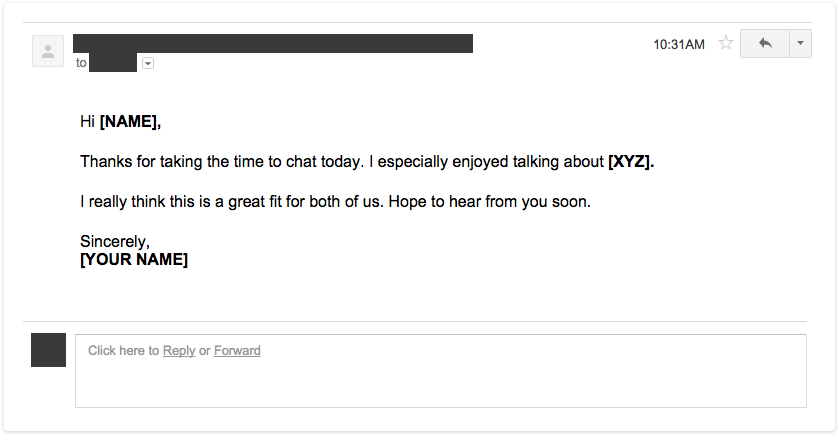
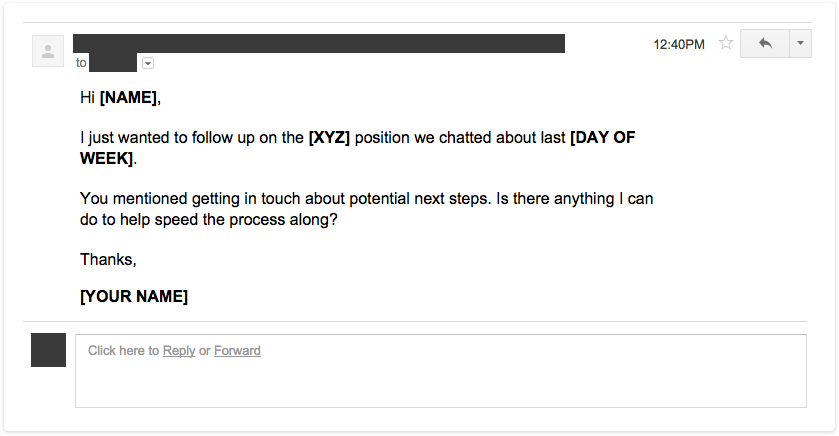








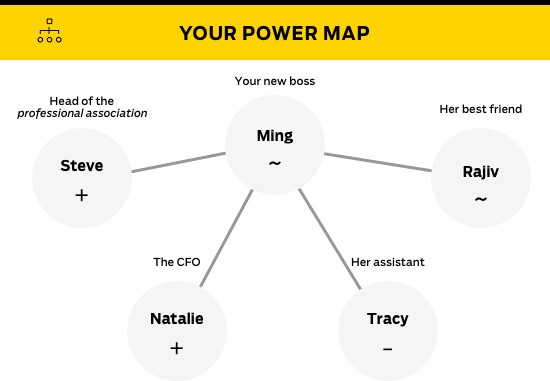








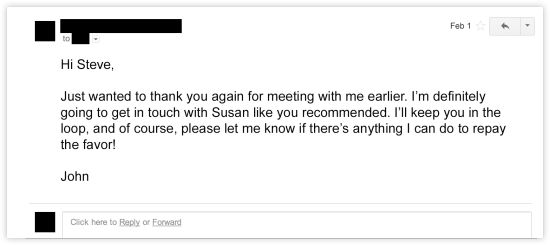
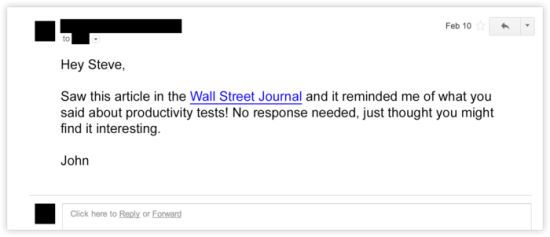






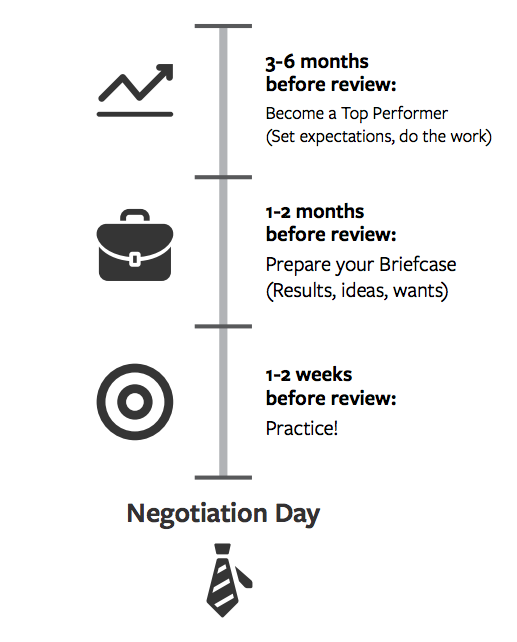






 What’s wrong with this?
What’s wrong with this?